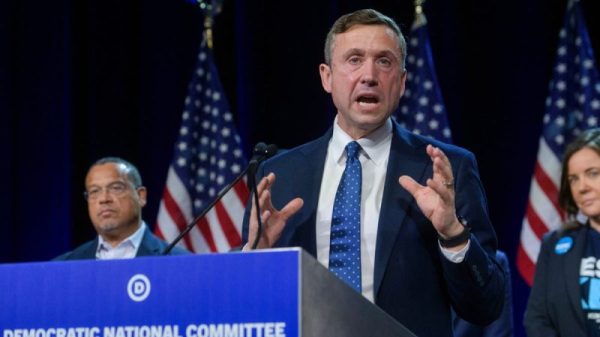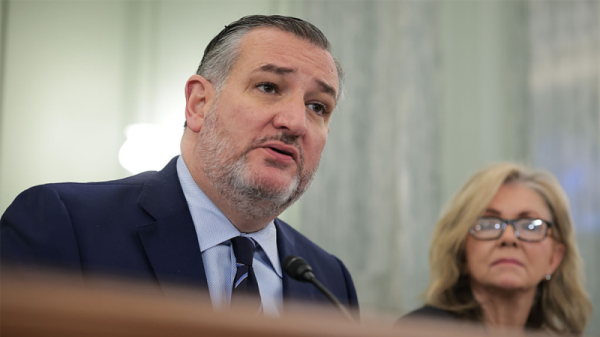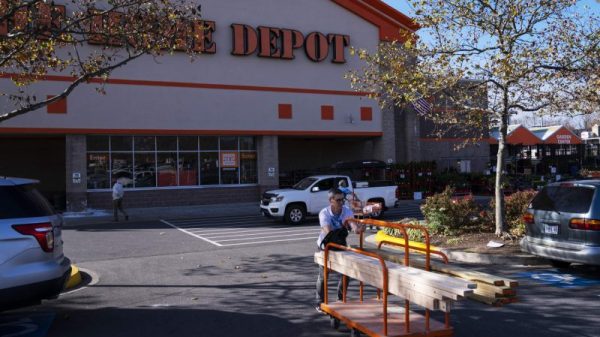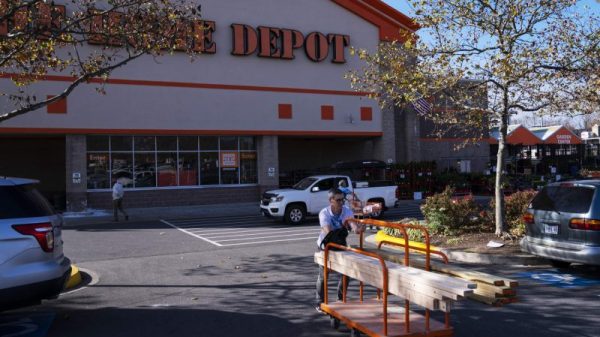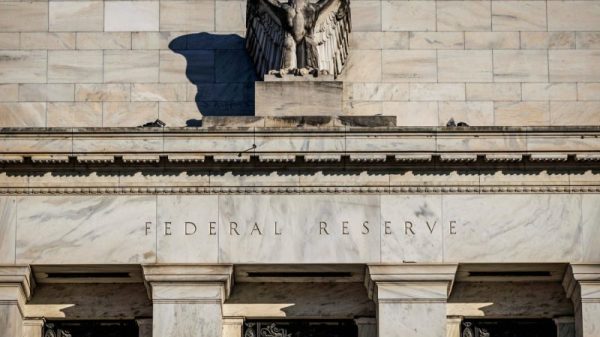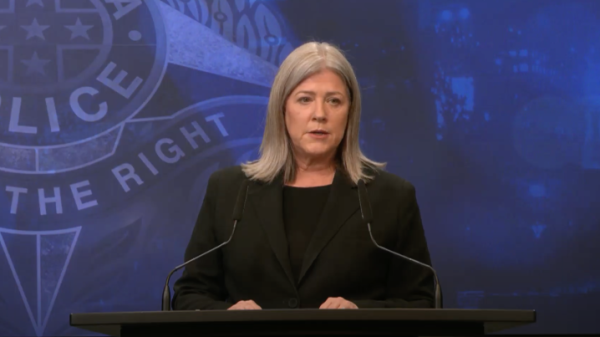Vice President Kamala Harris recently announced an economic plan for her presidential campaign. A centerpiece is the transformation of the Child Tax Credit (CTC) into a child allowance. If it became reality, the policy would discourage parental employment and risk harming the long-run prospects of children. These unintended consequences together with the plan’s cost should lead voters to reject it.
The existing CTC provides up to $2,000 per child and is only available to parents with a tax liability or earnings. The Harris plan would increase the credit to $6,000 for newborn children, $3,600 for children age 1 to 5, and $3,000 for children age 6 to 17. Just as important, Harris would delink the CTC from work by delivering the full amount to families who pay no taxes and have no earnings.
Delinking the CTC from work would turn back the clock on decades of progress improving the safety net. In the 1990s, bipartisan welfare reform moved the country away from unconditional cash welfare to a safety net that required and rewarded work. Defying the predictions of skeptics, the policy shift was tremendously successful in leading single mothers in particular to go to work. Child poverty fell as more resources were brought into homes, and children’s long-run outcomes — as later research demonstrated — improved as well.
Harris’ CTC plan would risk undoing this progress by going a long way toward bringing back welfare as we knew it. A non-working single parent with two children would receive between $6,000 and $9,600 from Harris’ child allowance. This is in addition to the $9,000 they currently receive in food stamps, totaling around $15,000 to $19,000 in guaranteed assistance not tied to work. This would exceed the combined (inflation-adjusted) value of food stamps and cash welfare the same family would have received in 1996 in the majority of states. In other words, the Harris plan would increase the amount of guaranteed cash or near-cash assistance paid to non-working families beyond what they received the year prior to welfare reform, even before accounting for the growth in the rest of the safety net over the past 30 years.
In addition to making it more possible to get by without working, the bigger concern is that the Harris plan would diminish the reward to work — that is, a family’s resources would not increase as much as a result of working. Economists have generally attributed most of the pro-employment success of welfare reform to expansion of the Earned Income Tax Credit, which provides a several thousand dollar work reward per year. The CTC is structured the same way in providing up to a $6,000 work reward for a family with three children. The Harris plan would eliminate that work reward by making the credit a guarantee for everyone regardless of work effort.
The best prediction is that the Harris plan could lead well over a million parents to exit employment, an effect concentrated among single parents. This was the conclusion of a study I coauthored on the effects of making the 2021 CTC permanent. The Harris plan adopts the same policy with the exception of an even higher $6,000 benefit for newborn children, which would tend to slightly magnify the employment loss we found in our study.
Employment exit is not the only risk voters should consider. The effect on children is at least as important. In the short run, the greater amount of resources sent to low-income families via Harris’ child allowance would reduce child poverty. But in the long run, employment exit could deprive some children of resources and undo the non-financial benefits of having a parent who works.
Research suggests that the long-run risks to children are real. A large body of evidence finds that work-rewarding tax credits drive academic improvements among children which translate into gains in employment, earnings and self-sufficiency upon reaching adulthood. The evidence for positive long-run effects of government aid that does not require work is weaker. So turning the CTC from a work-rewarding tax credit into unconditional government aid could risk reversing some of the gains children experienced as a result of welfare reform.
Proponents of a child allowance may respond that some amount of employment loss — and the associated risks to children’s long run prospects — are a worthwhile tradeoff for a safety net that provides a basic level of protection to poor families with children. That’s a valid point.
But we should keep in mind the fairly robust set of assistance programs that we already have. A family of four bringing in no income of its own receives around $12,000 in food stamps plus benefits from other nutrition programs, free health insurance coverage via Medicaid, and is eligible for (though may or may not actually receive) cash welfare, energy assistance, and rental housing assistance. We do not need to create a child allowance to ensure families have a floor of government aid.
The final and arguably most important concern with Harris’ child allowance is its cost. According to the Committee for a Responsible Federal Budget, the proposal would cost over a trillion dollars over the next decade. Given the lack of political will to control the cost of existing government programs to tackle the $35 trillion federal debt, now is not the time to add even more spending to future taxpayers’ tab. The very Americans who the Harris plan seeks to help — children — are the ones who will ultimately face the burden of repaying it in the form of higher taxes and dampened economic growth.
The Harris child allowance is not worth the costs. More resources would help children in the short run. But the risks to parental employment and the long-term wellbeing of children, not to mention the fiscal costs, are too big a price a pay. We learned from welfare reform that a pro-work safety net helps lift up families. We owe it to families and taxpayers not to forget that lesson.











